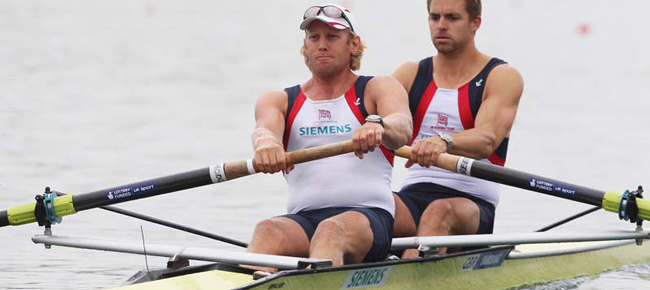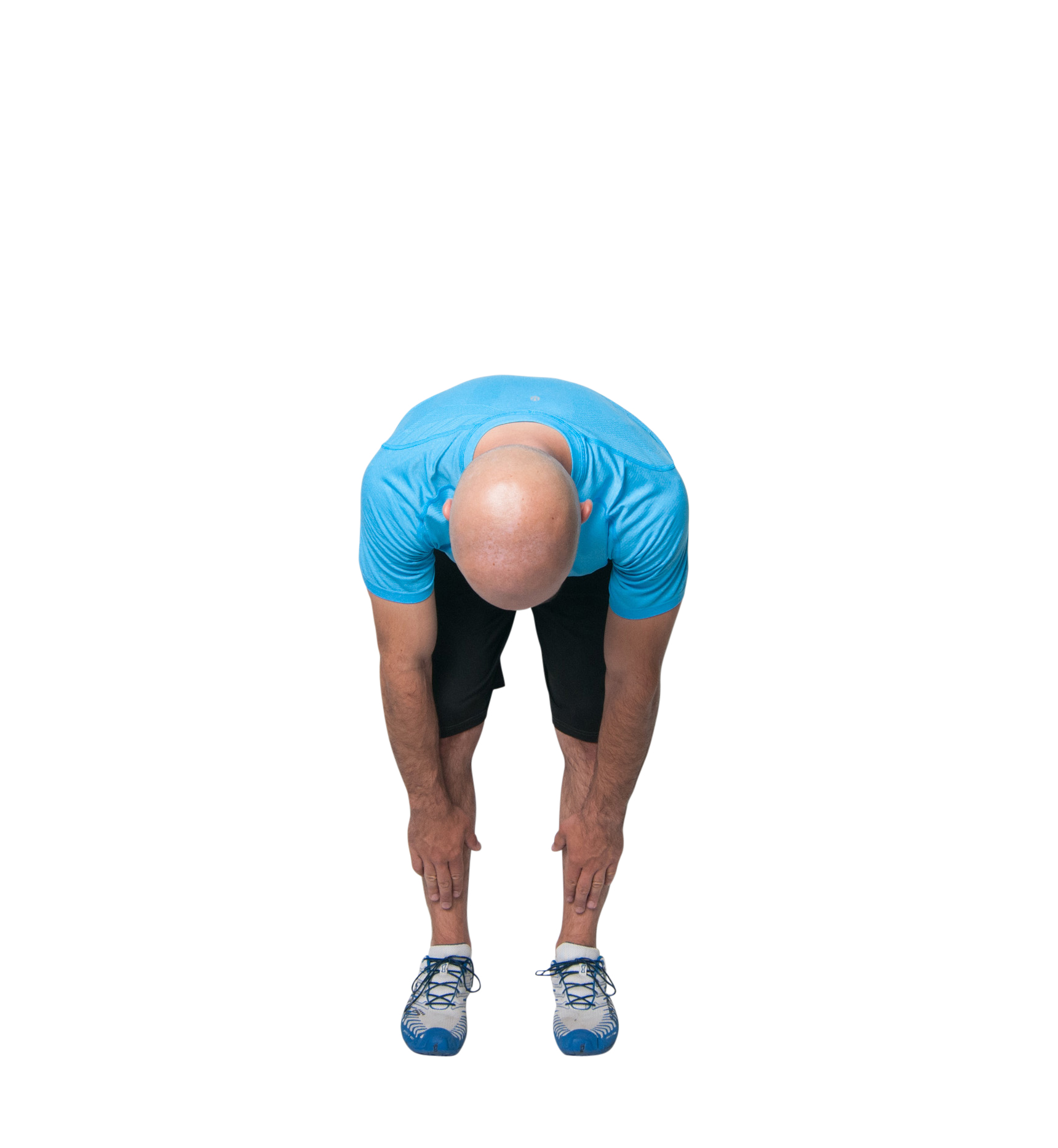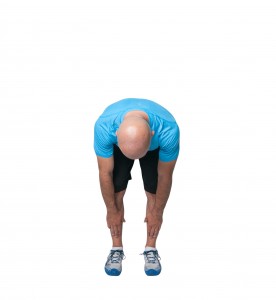
“The death of training programming.” That’s how I initially viewed things when I first learned about biofeedback training. Why would you plan things out that you couldn’t possibly predict weeks in advance when you could make better decisions in real time?
Since then, with experience, I have learned that programming still has tons of value, just not exactly in the same way. I’d like to show you how you can integrate biofeedback testing into any program — even if it wasn’t written with biofeedback in mind — to create the perfect program for you.
In case you’re wondering, I’ve learned that there are two primary problems with not approaching training with any kind of plan at all:
First, I’ve noticed a tendency, especially by busy people including myself, to do what amount to half-workouts without a plan. Of course, when you hit the gym you’re not going to forget to do deadlifts, or squats, or pull-ups. But, you might very well forget or decide to do any accessory or assistance work. Even if you just think you’re skipping it “just for today” you might be surprised when you look back at three weeks of training and realize you’ve never done a single core-specific exercise. The end result is like the opposite of the Pareto principle. You’re already doing 80% of the work by showing up to the gym and doing most of a workout, but without completing the circle you’re missing out on results that would require only marginally more effort to get.
Second, it’s very hard to make adjustments to something that isn’t working when you’re not sure what you’re even doing. Having a template or plan gives you something to work from.
Nowadays when I write a program, I write it completely with biofeedback testing in mind. I usually write three different variations for each exercise so that the client can test them and find the best one. I have little rules for this, such as always including at least one “rotational” exercise to be tested, as well as usually giving the option of unilateral & bilateral work to be tested. It’s a lot more work to write a program this way, but it must be done.
To convert any program into a biofeedback-based program, the first thing I do is go through the movements that make up the program. I immediately substitute movements I know don’t work or test well for me, and then I write in alternatives to test. For example, as of this week I’ve started using Bret Contreras’s 2x4strength program as my base testing template. So far I love it, and I think it’s a really solid strength program – especially when you combine it with biofeedback. The first week of movements looks like this:
![]()
So this is what I came up with:

As you can see, I’ve kept the lower-body work exactly the same while giving myself some other options to test. The upper-body stuff is a bit more tricky for me as one of my shoulders gets perpetually cranky with certain types of pressing, so I vary that more, including some strongman-specific work, and opt for more a bit more pulling than pushing. If none of these tested well, I’d change something on the fly.
A quick aside: People can get carried away with changing a program that an expert put together. There is a fine line here. By all means, make the program work for you, but don’t change things just because you think you’re smarter. Bret has a hilarious FAQ in 2x4strength “Q: Can I do this routine and another routine at the same time? A: Absolutely not.”
People often seem to think that if you combine three programs you will get all the benefits of all three at once. In reality it’s combining different types of soda into a “Graveyard.” It just tastes like shit.
When it comes to sets and reps, I let the testing guide me. I will use the programmed rep range as a guideline for how much weight to use (and I do the same when I write a biofeedback program) but testing always supersedes it. If the program calls for 5 reps, but my 5-rep weight is not testing well, I will find something that tests better either higher or lower weight. In this way, I have a starting point when I walk in the gym, but I am autoregulating via my biofeedback. Interestingly, I’ve seen a lot of people fail miserably on the famous 5-3-1 program. Not because it’s a bad program, but because they adhere rigidly to it even in the face of obvious signs that it’s NOT in sync with their body. Most often I see people not hitting their PRs when it feels good and they feel strong, and then missing their PR lifts when the program says they should be. All it takes is acknowledging that your body does know better to fix this problem.
Suffice to say, I think an intelligent plan training plan is crucial to making solid progress in the gym. To be honest, when I picked up Bret’s 2x4strength program I just wanted to learn something, and see how he was doing things. I took one look at it and immediately saw how I could use this (in concert with some event-specific training) to prepare for an upcoming strongman competition. It’s a solid strength program, and I think anyone who uses it would see impressive gains in overall strength.
Finally if you have any questions about how to integrate biofeedback into your programming, feel free to hit me up and I’ll do my best to help.




